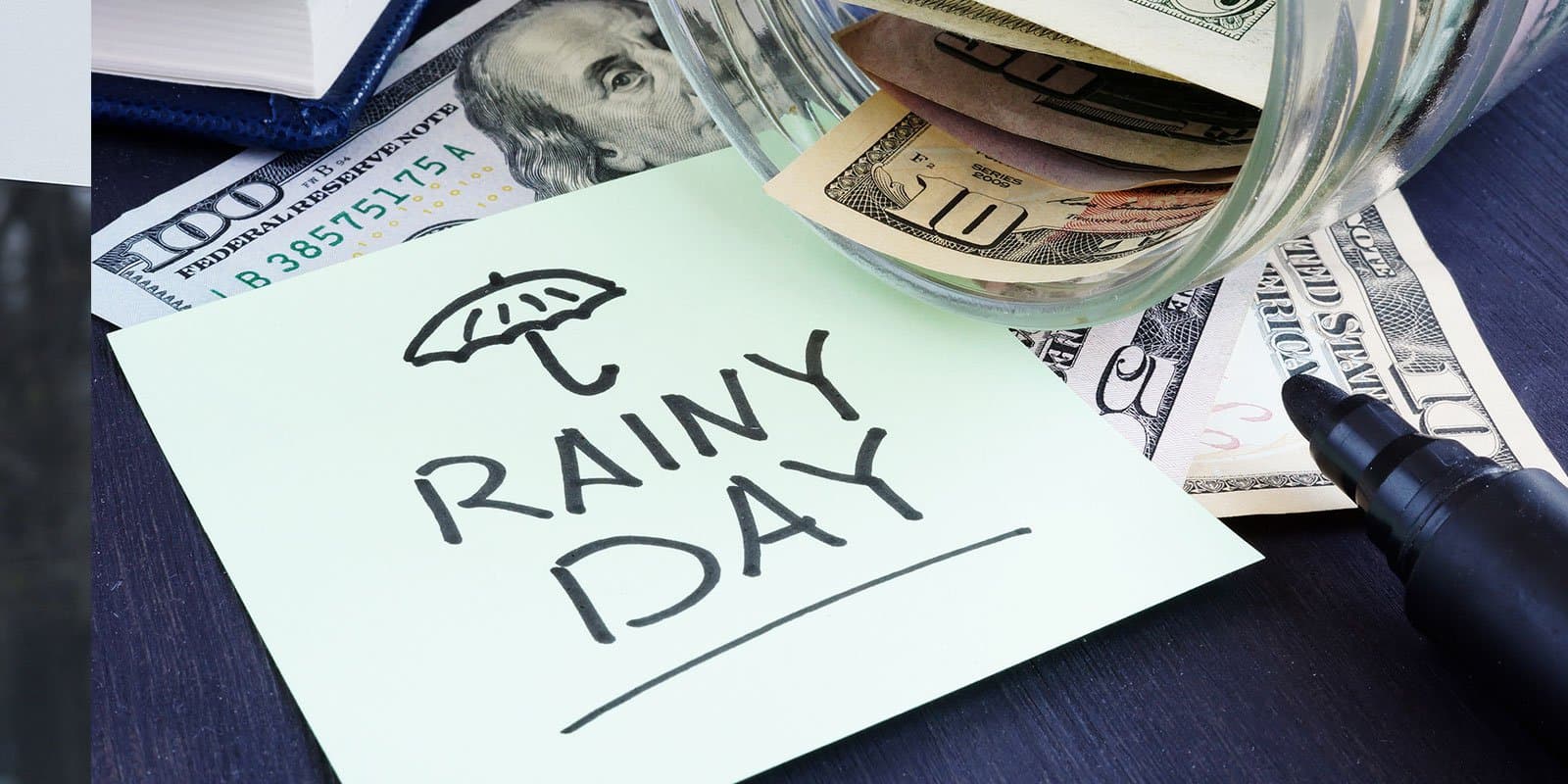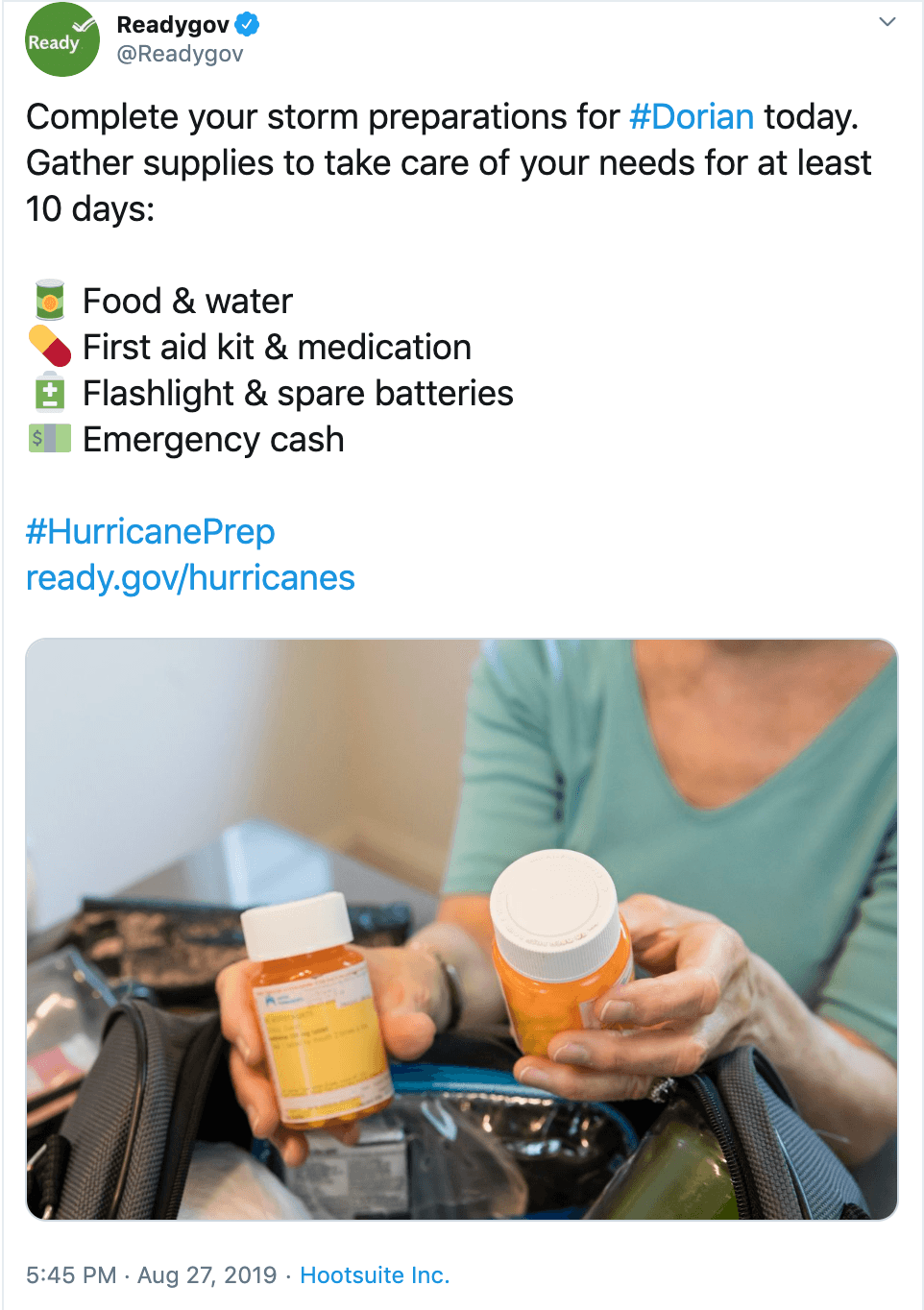
Emergency Hurricane Dorian survival kit includes cash for good reason
Recent weather forecasts of Hurricane Dorian - a storm expected to grow to a category 4 (out of 5) hurricane by Sunday August 31st, 2019 - have been followed by a stream of emergency preparation instructions whirling around social media and government communication outlets.
In short, preparing for a hurricane, or any natural or manmade disaster, begins with a survival kit that includes:
- water,
- medicine,
- cash,
- important documents, and
- food.
Why is cash a survival essential?
Cash’s low-tech usability and capacity to function off the grid give it unparalleled resilience when digital payments are unexpectedly offline. During a disaster of any kind, there is no payment form as reliable as tangible cash - making it a vital item in any survival kit.
'Cash is part of a publicly accessible and guaranteed payment infrastructure that is vital to public life and economic stability.'
Hurricanes are massive storm systems that form over warm ocean waters and move toward land. Potential threats from hurricanes include powerful winds, heavy rainfall, storm surges, coastal and inland flooding, rip currents, tornadoes, and landslides. The Atlantic hurricane season runs from June 1 to November 30. The Pacific hurricane season runs May 15 to November 30.
When a hurricane is 36 hours from arriving
- Turn on your TV or radio in order to get the latest weather updates and emergency instructions.
- Restock your emergency preparedness kit. Include food and water sufficient for at least three days, medications, a flashlight, batteries, cash, and first aid supplies.
- Plan how to communicate with family members if you lose power. For example, you can call, text, email or use social media. Remember that during disasters, sending text messages is usually reliable and faster than making phone calls because phone lines are often overloaded.
- Review your evacuation zone, evacuation route and shelter locations. Plan with your family. You may have to leave quickly so plan ahead.
- Keep your car in good working condition, and keep the gas tank full; stock your vehicle with emergency supplies and a change of clothes.
- If you have NFIP flood insurance, your policy may cover up to $1000 in loss avoidance measures, like sandbags and water pumps, to protect your insured property. You should keep copies of all receipts and a record of the time spent performing the work. They should be submitted to your insurance adjuster when you file a claim to be reimbursed. Visit www.fema.gov/media-library/assets/documents/137860 to learn more.

